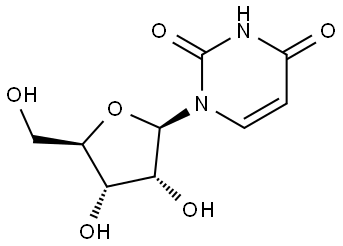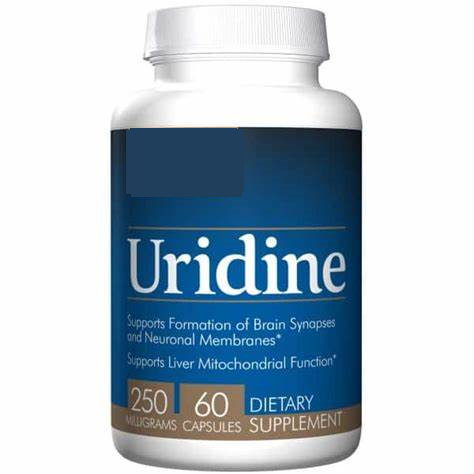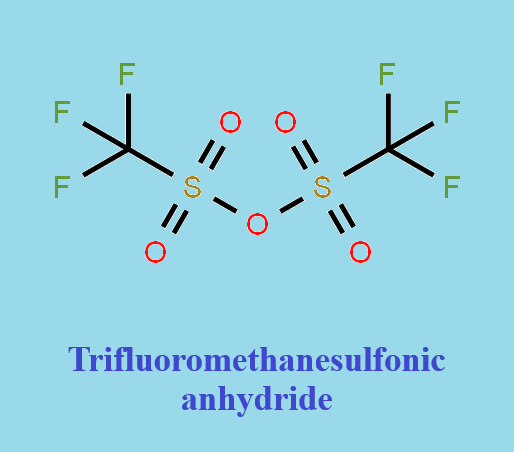Uridine: Biological function and Biosynthesis
Introduction
Uridine consists of uracil, a member of the pyrimidine family of nitrogenous bases, and a ribose. Of all the characterized and isolated pyrimidine natural products and natural product-derived compounds, uridine is the most abundant. Additionally, due to favourable cellular uptake, uridine appears to be a privileged scaffold for many purposes. Specifically, uridine natural products have shown antibiotic activity by targeting intracellular processes, such as glycan assembly. These representative natural products have diverse structures with a common uridine core.
Biological function
Uridine is a pyrimidine nucleoside found in plasma and cerebrospinal fluid with a concentration higher than the other nucleosides. As a simple metabolite, uridine plays a pivotal role in various biological processes, including macromolecule synthesis, circadian rhythms, inflammatory response, antioxidant process, and ageing. Plasma uridine enters cells through a nucleoside transporter. In addition to nucleic acid synthesis, uridine is critical to glycogen synthesis by forming uridine diphosphate glucose (UDPG)[1]. Uridine also promotes the production of UDP-GlcNAc in the hexosamine biosynthetic pathway (HBP), which supplies UDP-GlcNAc for O-GlcNAcylation (referred to as O-GlcNAc), a posttranslational modification on the hydroxyl groups of serine/threonine residues catalyzed by O-GlcNAc transferase (OGT). Uridine promotes the formation of cell membranes and synaptic structures in neurons, rejuvenates aged stem cells, stimulates regeneration of various tissues, and even has anti-aging effects. It is shown that uridine affects body temperature and circadian rhythms. Under pathological conditions, Uridine can also reduce oxidative stress and inflammation by inhibiting the MAPK and NF-kB signalling pathways. Therefore, maintaining moderate levels of uridine, especially plasma uridine levels, is critical for maintaining essential cellular functions.
In humans, uridine is present in the blood and cerebrospinal fluid, and the content of uridine in plasma is much higher than that in other purine and pyrimidine nucleosides. Due to their inability to synthesize uridine, most tissues utilize plasma uridine to maintain essential cellular functions. Thus, plasma uridine may be used for the synthesis of endogenous pyrimidine. The biosynthesis of uridine is regulated by the liver and adipose tissues, and the excretion of uridine is mainly achieved via the kidneys or by pyrimidine catabolism in tissues. Many research studies have demonstrated that uridine homeostasis is affected by various factors that regulate systemic metabolism. Factors recognized for regulating the concentration of uridine include uridine phosphorylase (UPase), feeding behaviour, and ATP depletion.
In contrast, uridine can regulate systemic homeostasis by regulating enzymes and their reaction products. Uridine is thought to regulate the mitochondrial respiratory chain via the dihydroorotate dehydrogenase (DHODH) enzyme. Since mitochondrial dysfunction is involved in many human diseases, uridine could be used as a therapeutic drug for mitochondrial diseases. Furthermore, the accumulation of orotate, an intermediate product in the process of uridine de novo synthesis, induces intracellular lipid accumulation.
Biosynthesis

Uridine is a pyrimidine nucleoside composed of uracil and ribose. Pyrimidines are synthesized in the cytosol of various cell types, including those of the spleen, thymus, and gastrointestinal tract[2]. That process begins with the production of carbamoylphosphate, which is formed from carbon dioxide, ammonia, and phosphate (from ATP) by the multifunctional CAD protein that consists of glutamine-dependent carbamoyl-phosphate synthase (EC = 6.3.5.5), aspartate carbamoyltransferase (EC = 2.1.3.2), and dihydroorotase (EC = 3.5.2.3). Next, condensation of aspartate with carbamoylphosphate is performed to form orotic acid by CAD protein, after which orotic acid is converted to orotidine-5′-monophosphate (OMP) with phosphoribosylpyrophosphate by a uridine monophosphate synthetase (orotate phosphoribosyl transferase and orotidine-5′-decarboxylase) of a multifunctional protein. OMP is converted to uridine-5′-monophosphate by the same enzyme. Next, UMP is dephosphorylated to uridine by cytosolic purine 5′-nucleotidase (EC = 3.1.3.5). In addition, uridine is formed from cytidine by cytidine deaminase (EC = 3.5.4.5) and uracil by uridine phosphorylase (EC = 2.4.2.3).
References:
[1] YANG Y, YE Y, DENG Y, et al. Uridine and its role in metabolic diseases, tumors, and neurodegenerative diseases[J]. Frontiers in Physiology, 2024, 59 1: 63-63. DOI:10.3389/fphys.2024.1360891.[2] YUMEI ZHANG. Uridine Metabolism and Its Role in Glucose, Lipid, and Amino Acid Homeostasis.[J]. ACS Applied Bio Materials, 2020. DOI:10.1155/2020/7091718.
You may like
Related articles And Qustion
Lastest Price from Uridine manufacturers
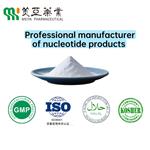
US $0.00-0.00/kg2025-10-15
- CAS:
- 58-96-8
- Min. Order:
- 1kg
- Purity:
- ≥99.0%
- Supply Ability:
- 20 MT
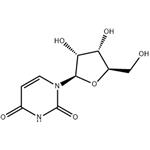
US $0.00/Kg2025-10-13
- CAS:
- 58-96-8
- Min. Order:
- 1Kg
- Purity:
- 98%
- Supply Ability:
- 100Ton
